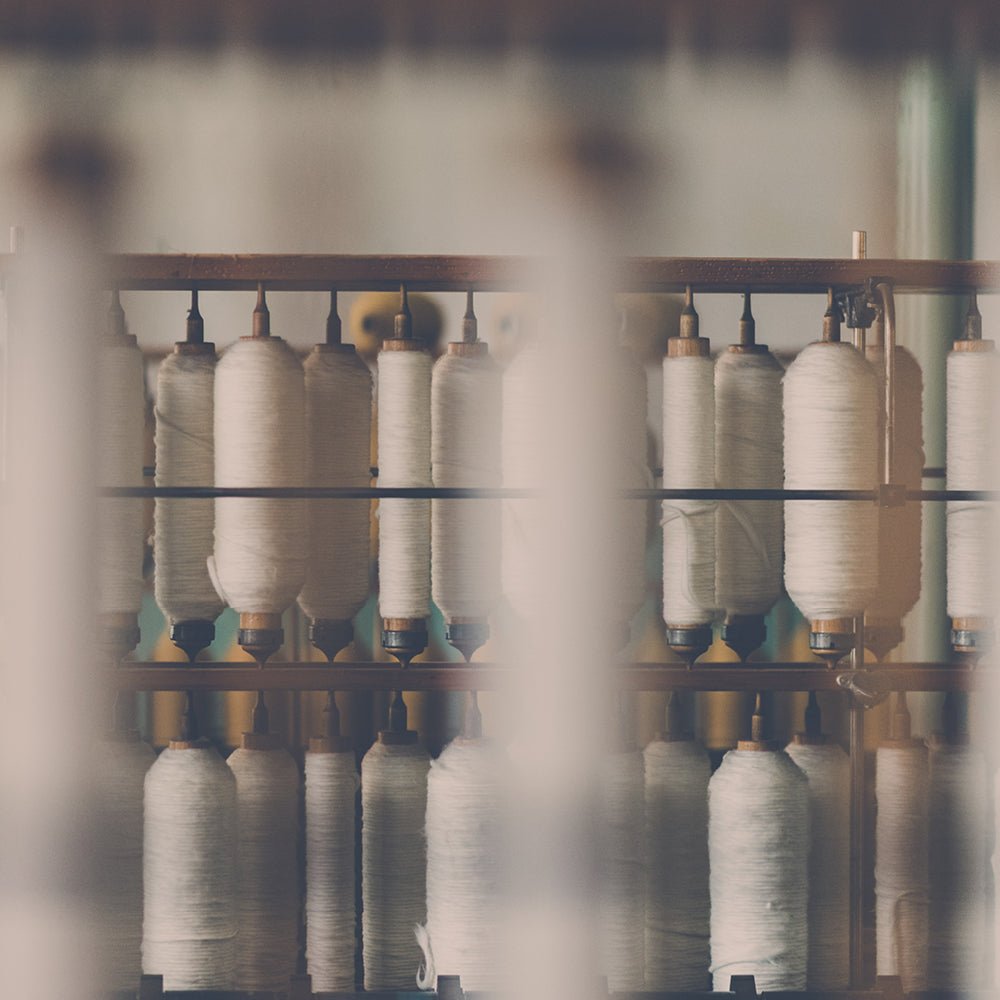The sustainability scene in our industry is growing every day. That's basically good! It's good that many people and many entrepreneurs are realizing that the apparel industry worldwide is at a dead end. And it's good that the number of people thinking about how to do it better is increasing every day. It's also good that an increasing number of bloggers, journalists and filmmakers are taking up the grievances in our industry.
Nevertheless: I have to get rid of it once: I can't stand the mendacity anymore. It disgusts me what flimsy arguments and what hypocritical measures are being used in our industry to create a sustainable image. Let's put on a green coat, the stupid consumer will believe us!
But it's not enough if you "only do photo shoots in daylight" to save electricity for the lamps. It is also not enough to place a design studio next to the manufacturing facility to shorten paths. It also doesn't help if you calculate the environmental impact of shipping freight. It's also not enough to rely on simple certificates that can never be checked, or if you simply don't find out about the origin of the clothing in all the preliminary stages of the industry.
- Think about the contribution you want to make to make the industry a little bit cleaner. What exactly do you want to achieve? How do you intend to implement this?
- Inform yourself! Learn your entire supply chain.Study them, analyze them Ask where the primary products come from and under what conditions they are manufactured.
- Create sustainability departments instead of PR departments. Hires sustainability experts. Hires people who shape their lives in many areas according to sustainable criteria. You will learn a lot from them. And you'll quickly find out: these people are more important for the future of your company than the marketing department, which up to now has polished the sustainability report.
- Be prepared for these experts to present you with great challenges. Be prepared to completely reverse processes and procedures that you have used and perfected over the past few decades. You will have to reconsider many procedures and, as a result, have to completely redesign them.
- Create garments in your design departments that are meant to last a long time. And think about what can be done with these garments after this hopefully long period of use.Research on the principles of the circular economy.
- Look at other industries to see how they are dealing with environmental challenges. Searches for solutions. And look at the companies that have been orienting their actions towards sustainability for many years. What are they doing differently? What mindset do they follow?
- Be honest with yourself and with your customers. If you haven't reached your destination today, that's not a bad thing. It is important that you pursue the goal "sustainably" and don't give up.
- Avoid shortcuts - they don't work anyway. The path to making our industry sustainable leads through many changes that may take time, money, energy and a lot of perseverance. Follow these points, immediately if possible. The industry will only improve sustainably if as many stakeholders as possible strive for change. And on the environmental side, it's definitely 5 to 12.


